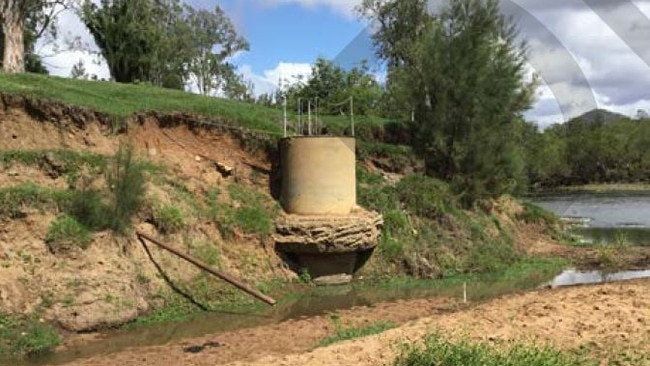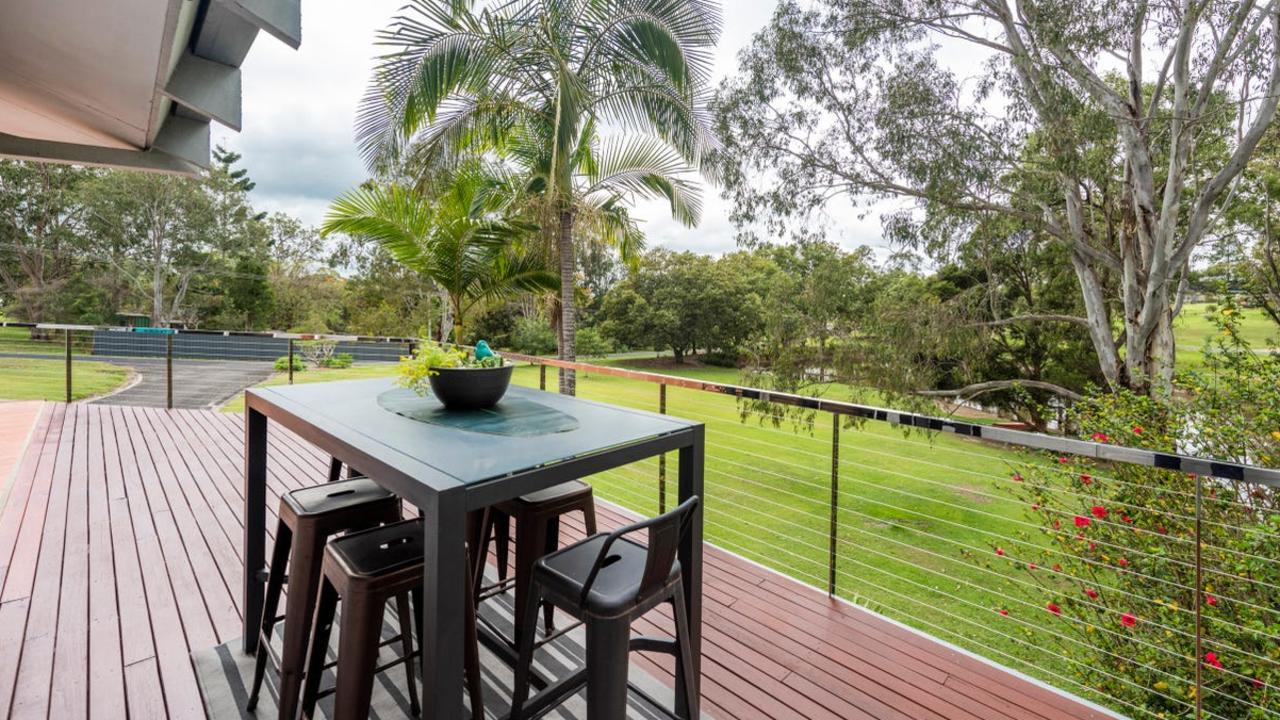#NOFILTERS: Entire Clarence water supply reviewed
In a few years time, could residents be quenching their thirst with filtered H2O?

Grafton
Don't miss out on the headlines from Grafton. Followed categories will be added to My News.
THE entire Clarence water supply has been reviewed, including three Aboriginal communities.
The review was prompted in 2019 when the Department of Planning Industry and Environment asked the council to implement Drinking Water Management Systems for the communities of Baryulgil, Malabugilmah and Jubullum – systems which Clarence Valley Council considered “out of date”.
NSW Health commissioned water quality risk consultant Bligh Tanner to review the three systems and the rest of the Clarence water supply.
In addition to updating risk assessments, Bligh Tanner identified and assessed 62 drinking water risks and named 30 improvements to be acted on in the short, medium and long term.
Councillors decided in May to endorse the recommended actions in the updated DWMS and have staff prepare a report on implementation costs.
Bligh Tanner noted Clarence water treatment plants did not have filtration which was a key process in reducing turbidity (the amount of suspended solids in the water).
“There are inherent risks in unfiltered surface water schemes,” the report stated
“In the Aboriginal communities of Jubullum and Malabugilmah, there are no current barriers to Cryptosporidium. This will remain the case until there are significant system upgrades.”
At the inspection of the Rushforth treatment plant, Blight Tanner noted birds were contaminating an open reservoir and there was potential for recontamination in the treated water reservoir.
In the council documents accompanying the report, staff said that it was “likely” some form of filtration at the Rushforth plant would be necessary within the next five years, based on the new risk assessments.
At the Aboriginal community of Jubullum, water is taken from the Timbarra river and when there was not sufficient flow, water was pumped up, bypassing an infiltration gallery which meant at times there was no management of turbidity.
In Malabugilmah Aboriginal community, which takes water from the Clarence River, at the time of inspection algal toxins had been detected in the raw water and treated water was being brought in by truck. And the tanker filling point was through an open hatch, which increased contamination risk.
The intake structure at Mubugilmah was also affected by significant erosion, meaning there was a risk of the structure collapsing.
While the cost of the review was paid for by NSW Health operational changes to address risks would have to be born from the council budget.
The council will have to bear most of the cost of any upgrades of the town water supply, but addressing water quality risks in the three communities of Baryulgil, Malabugilmah and Jubullum would be funded by DPIE Water and subject to their approval.


